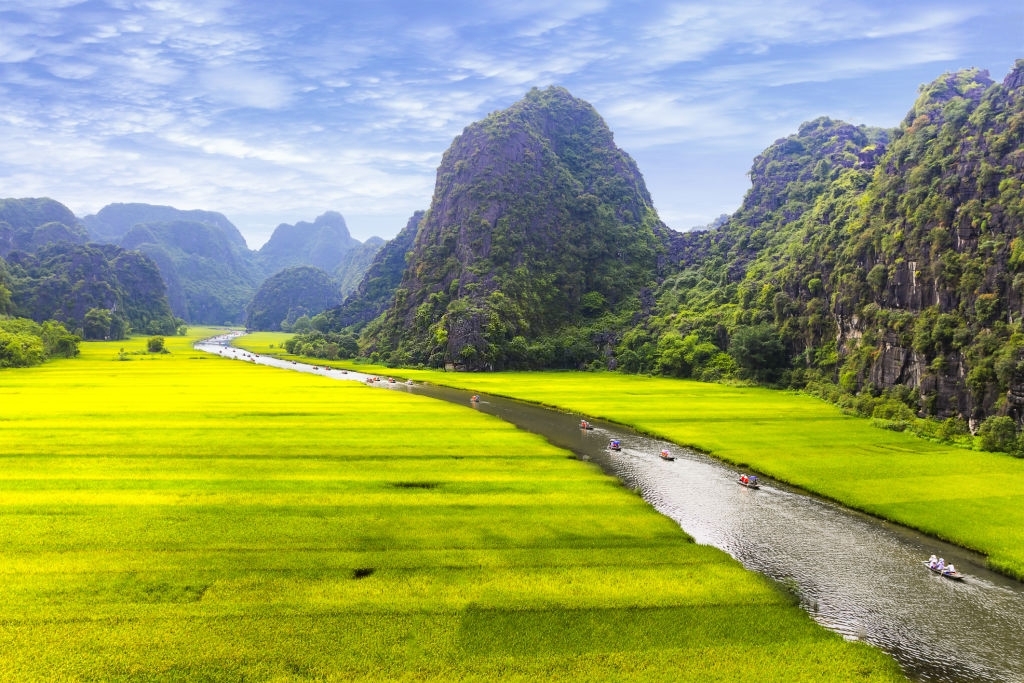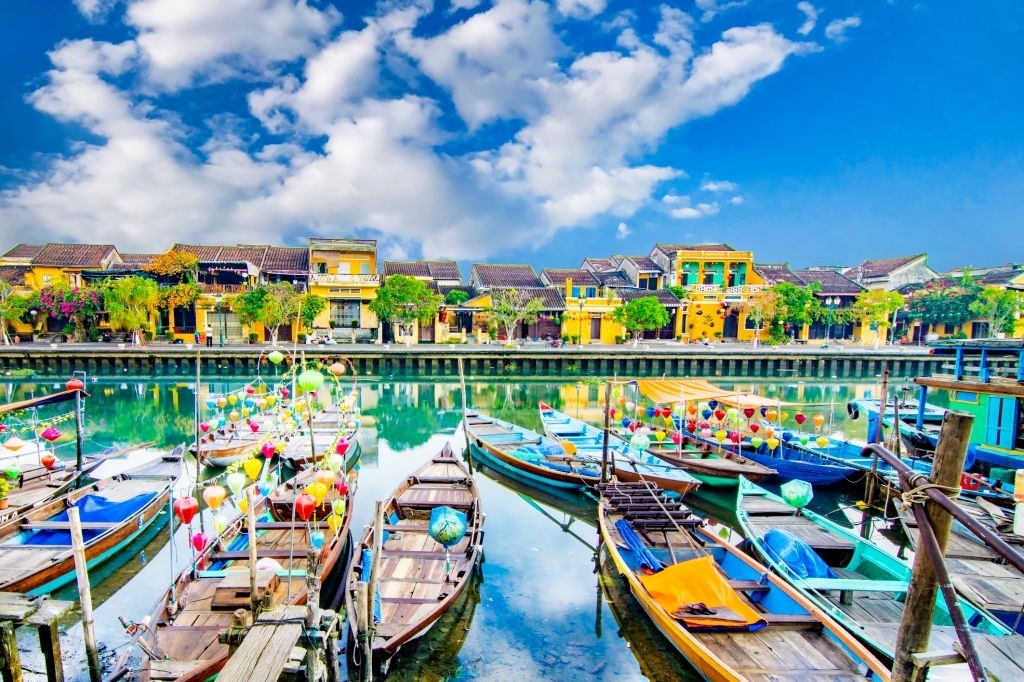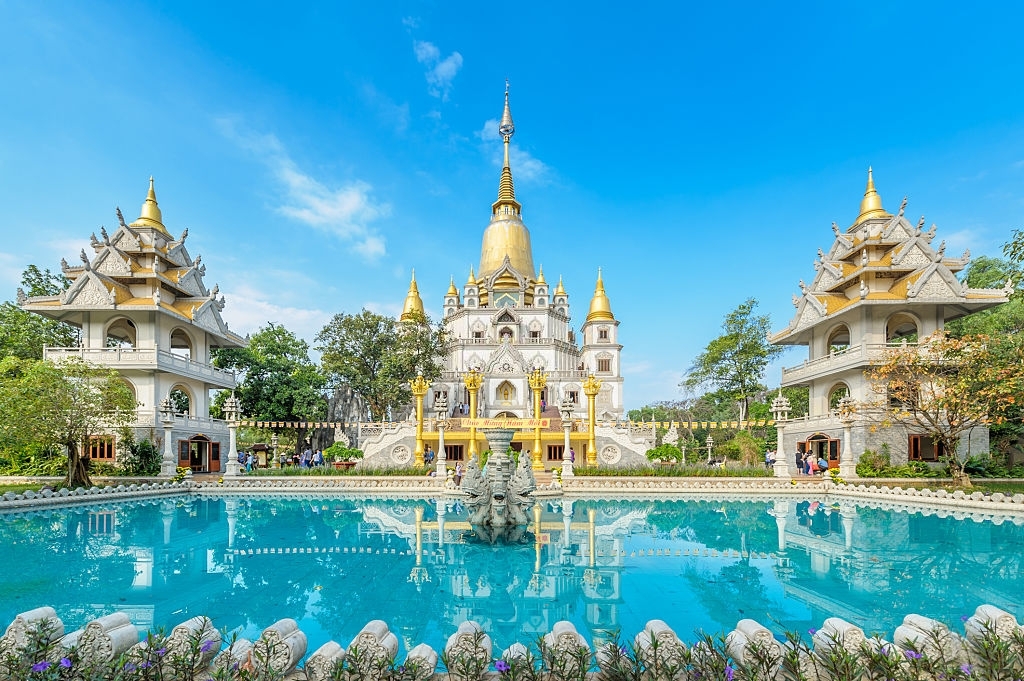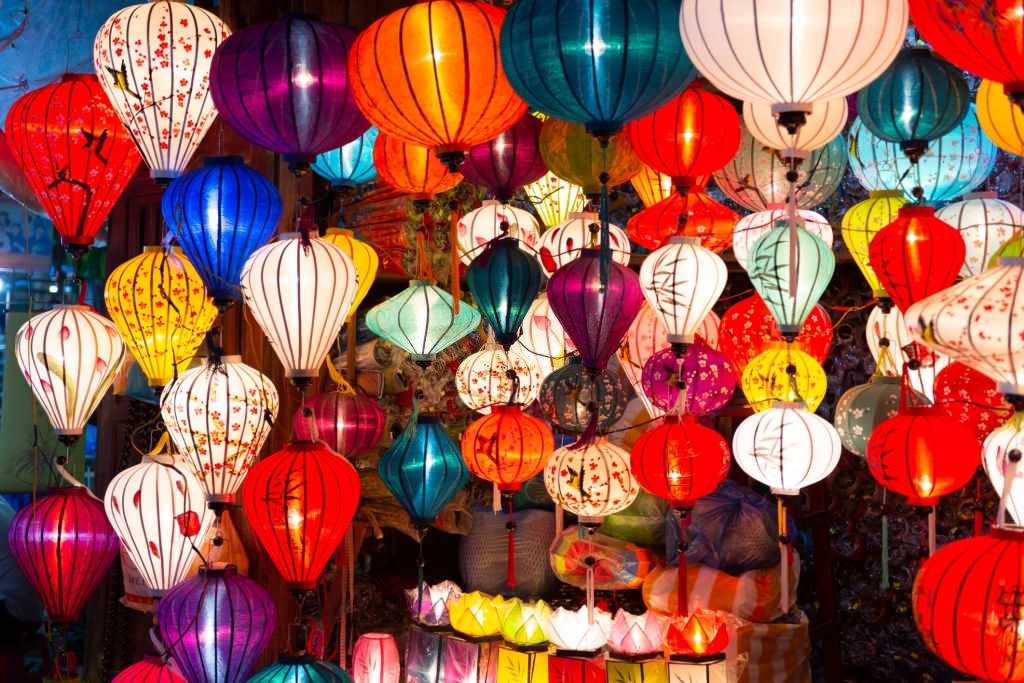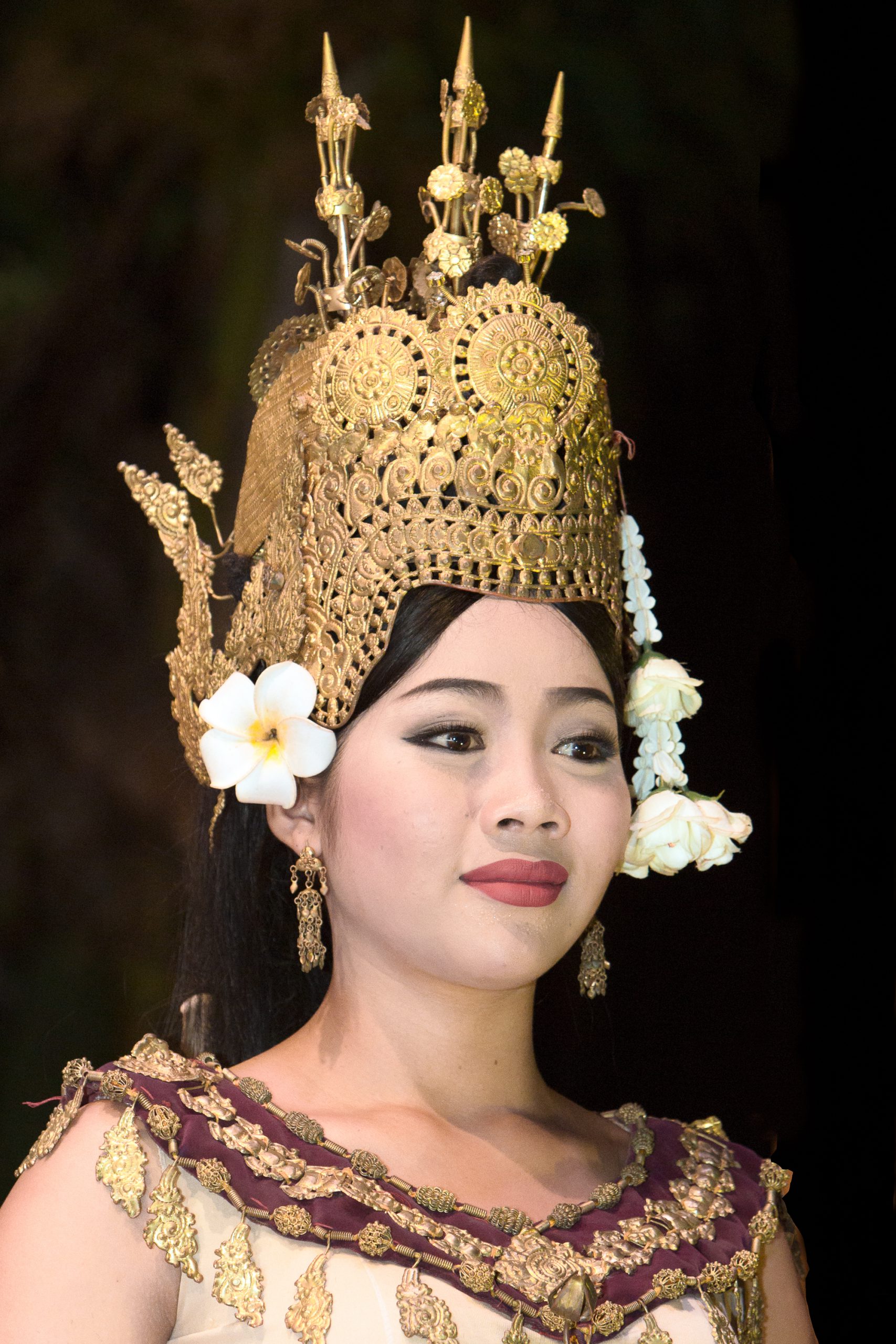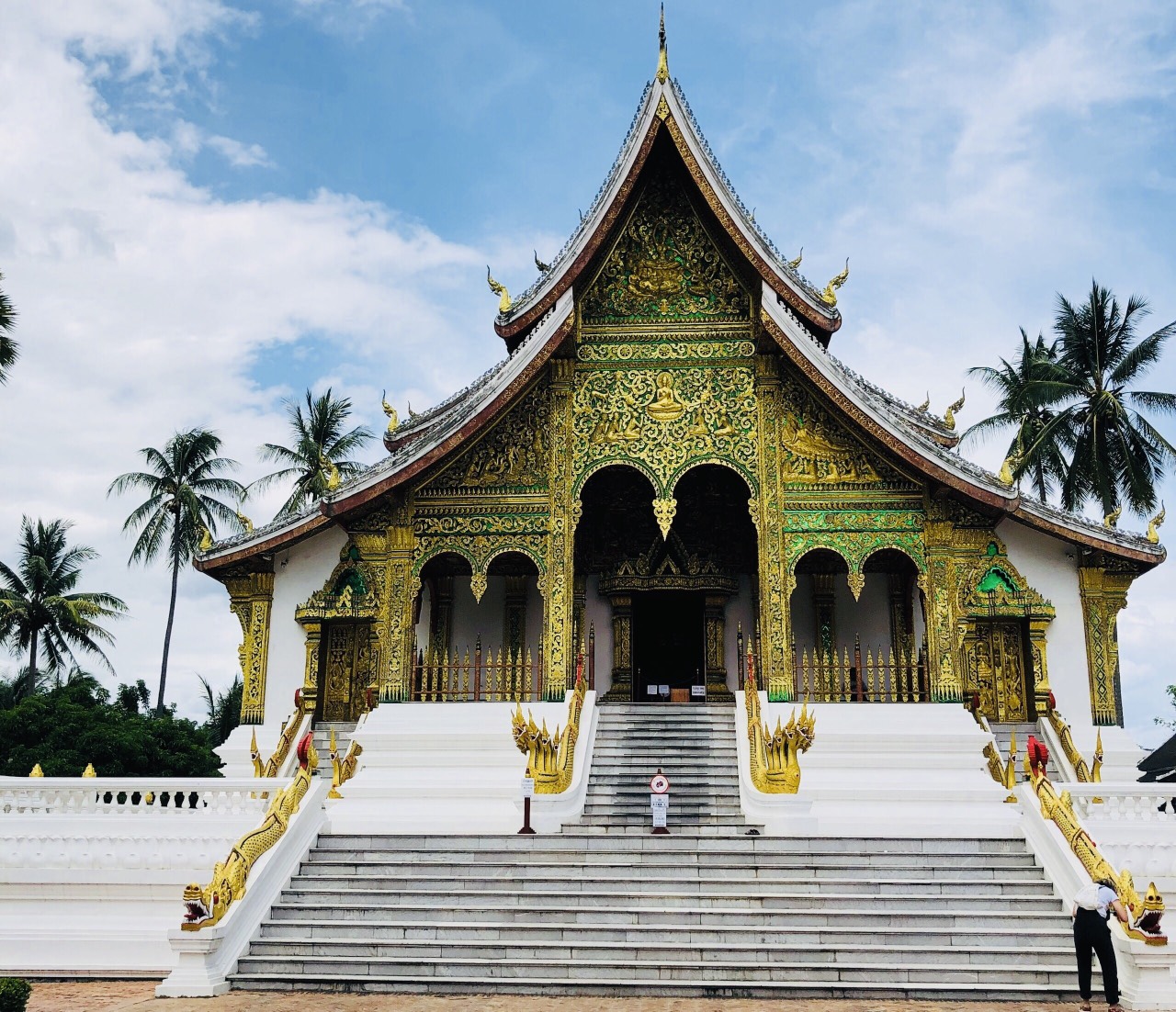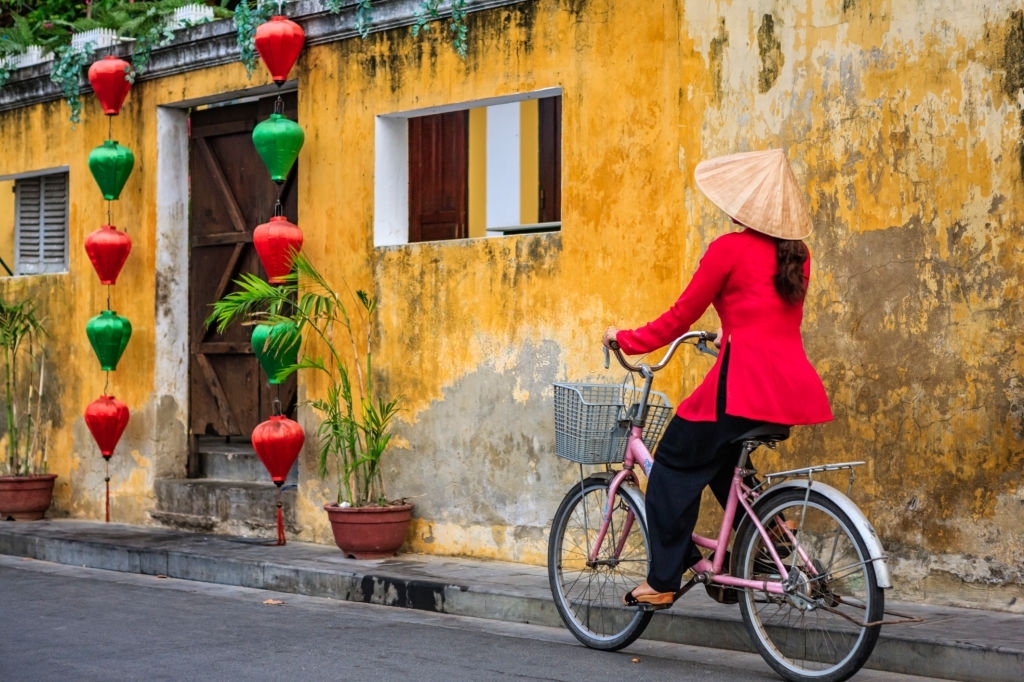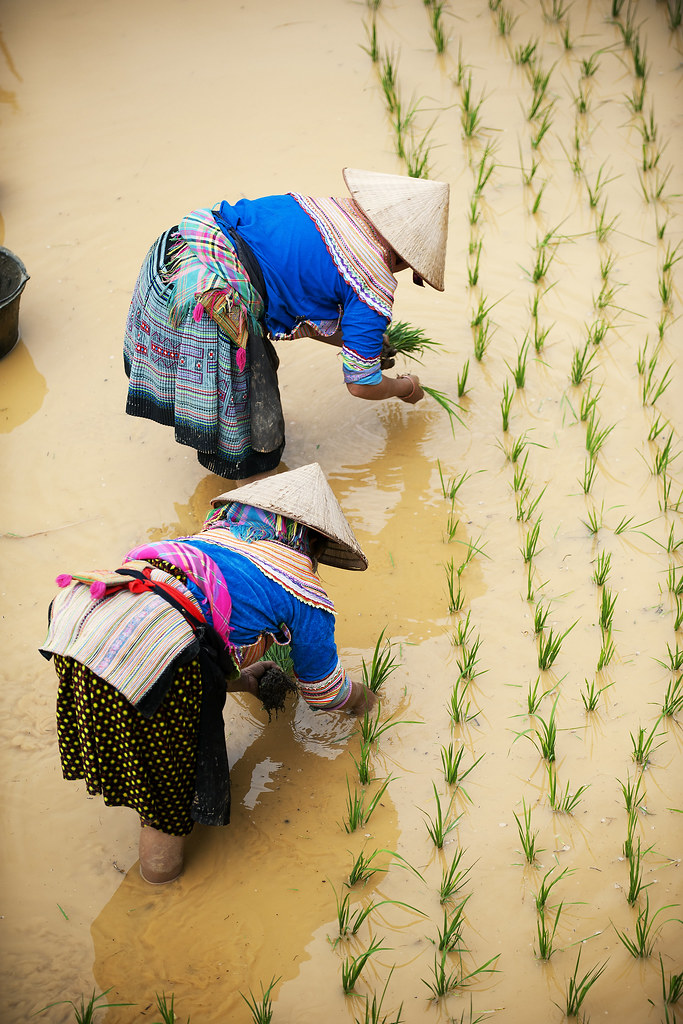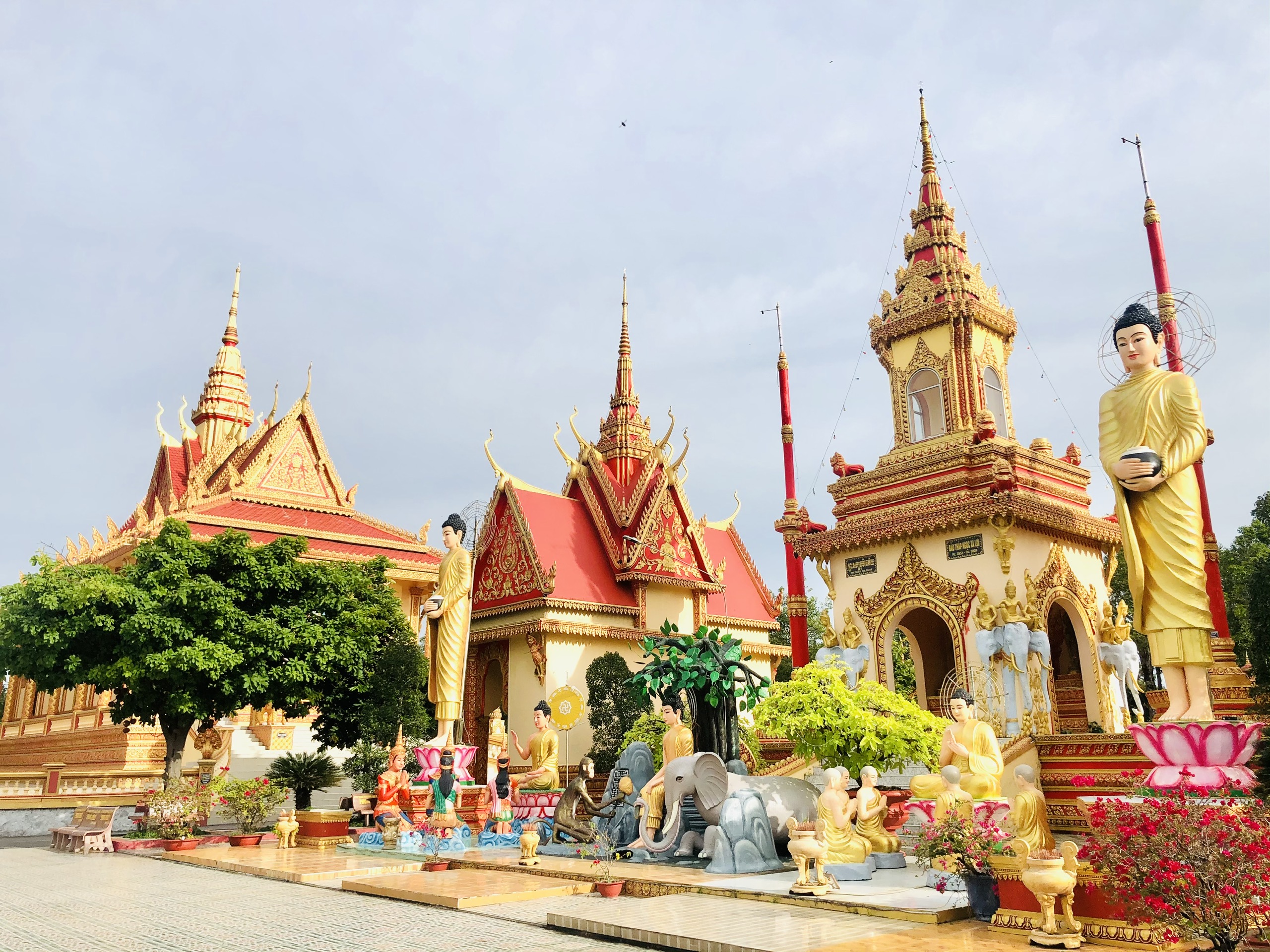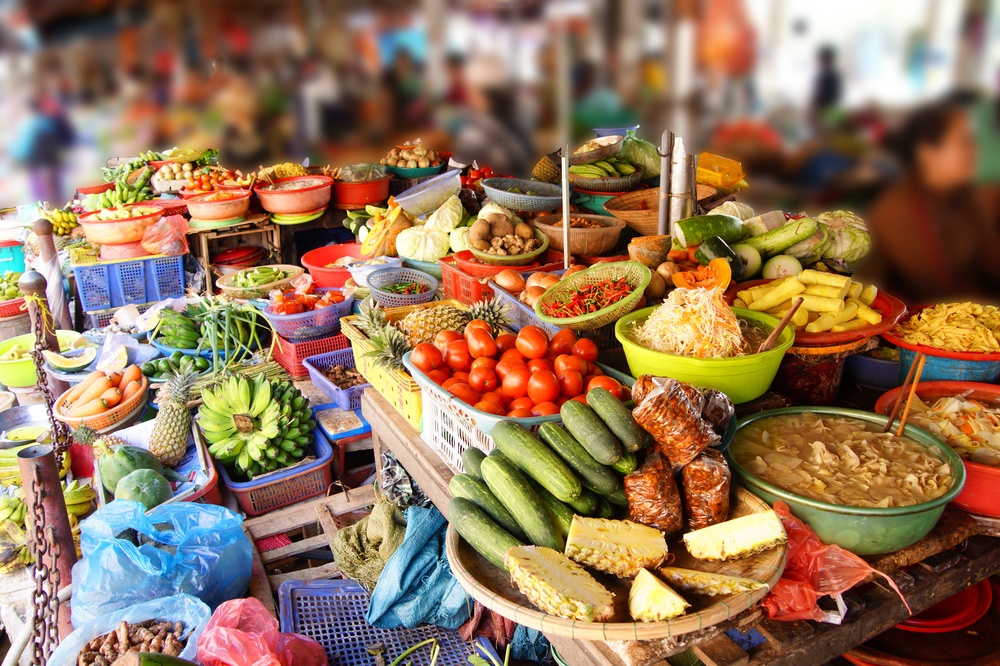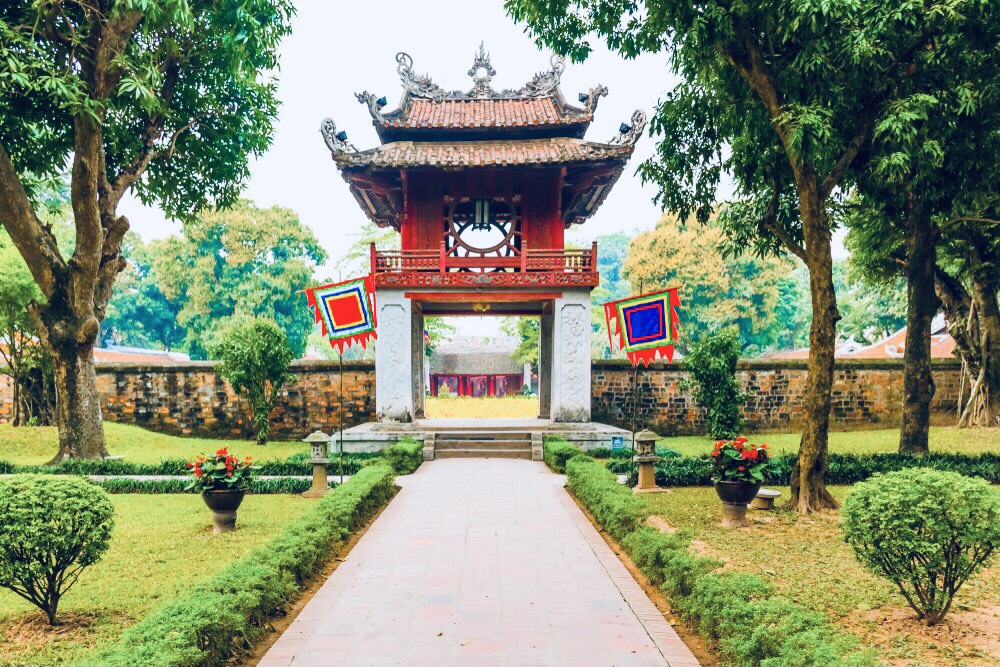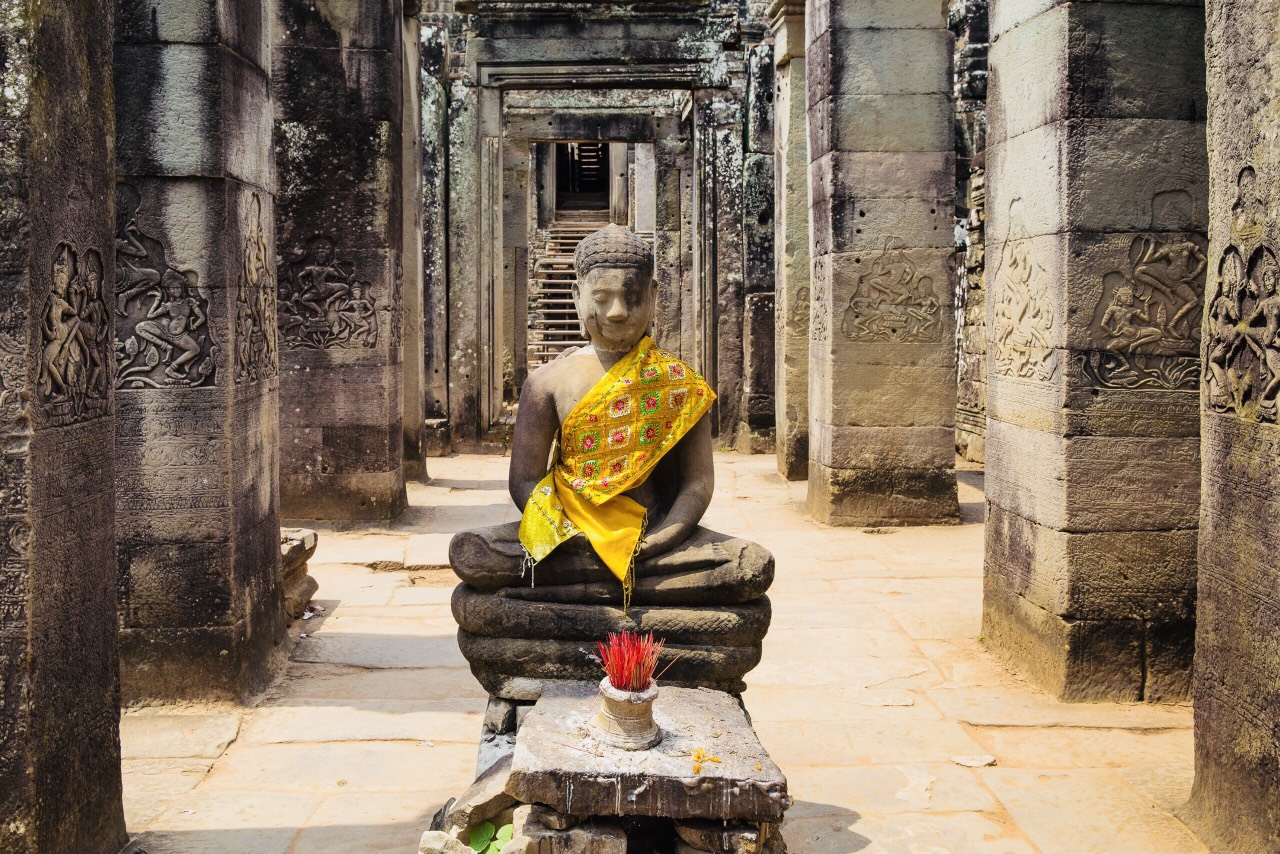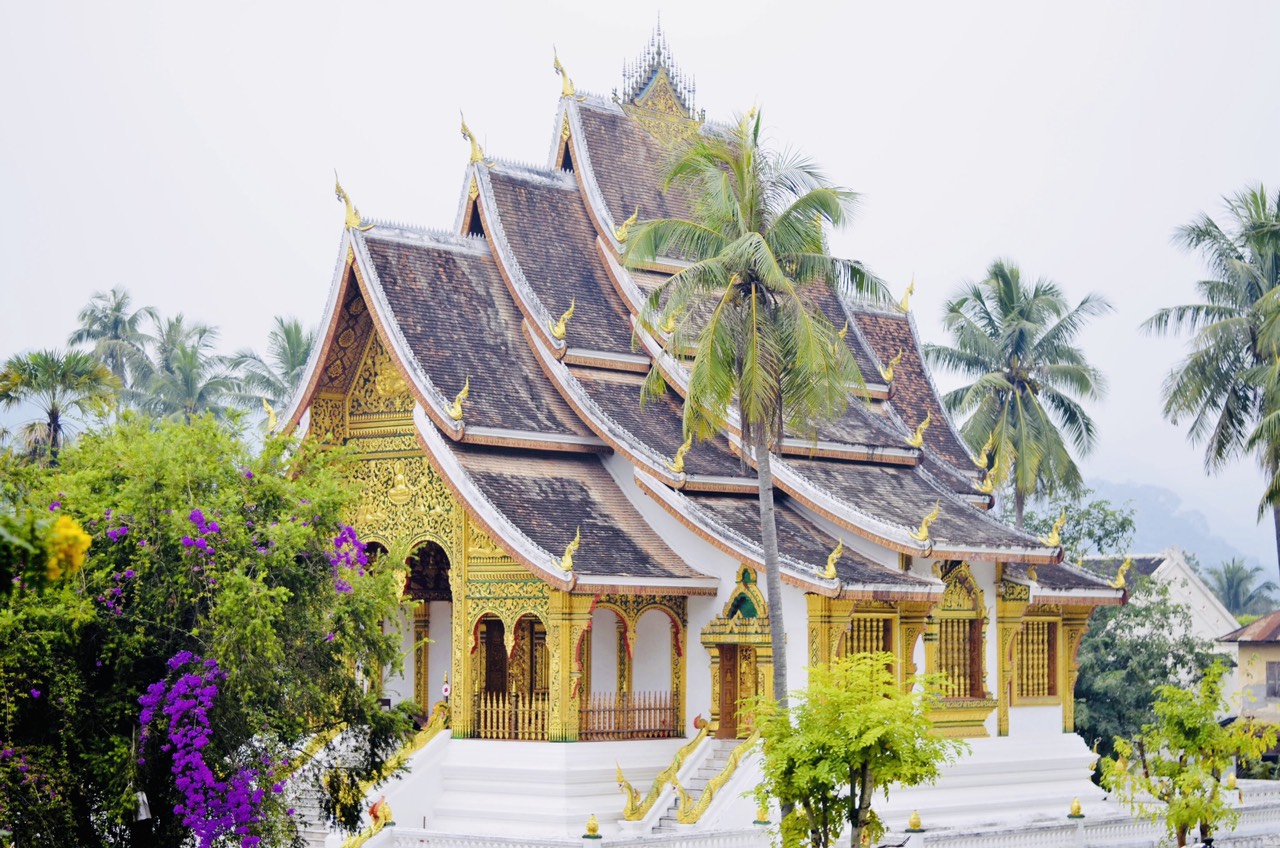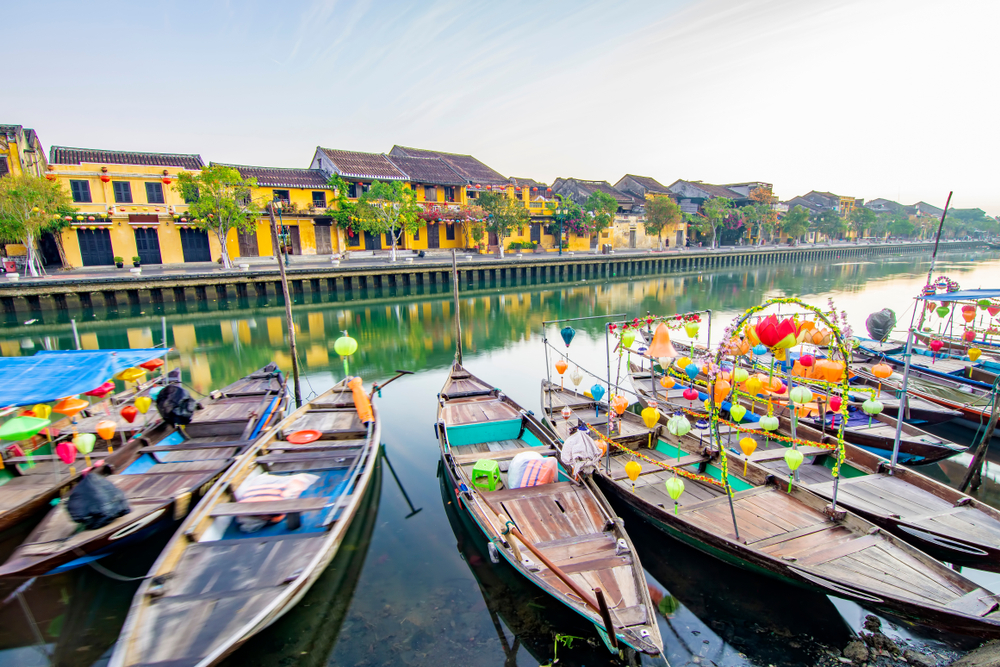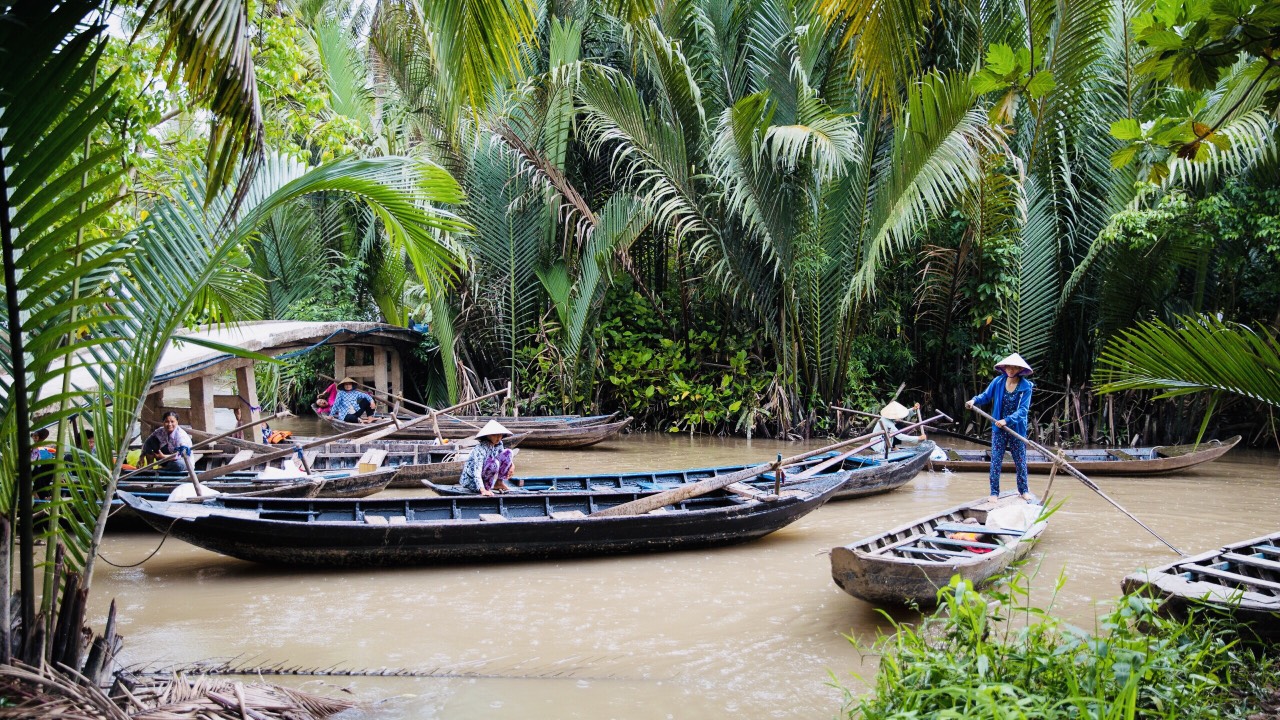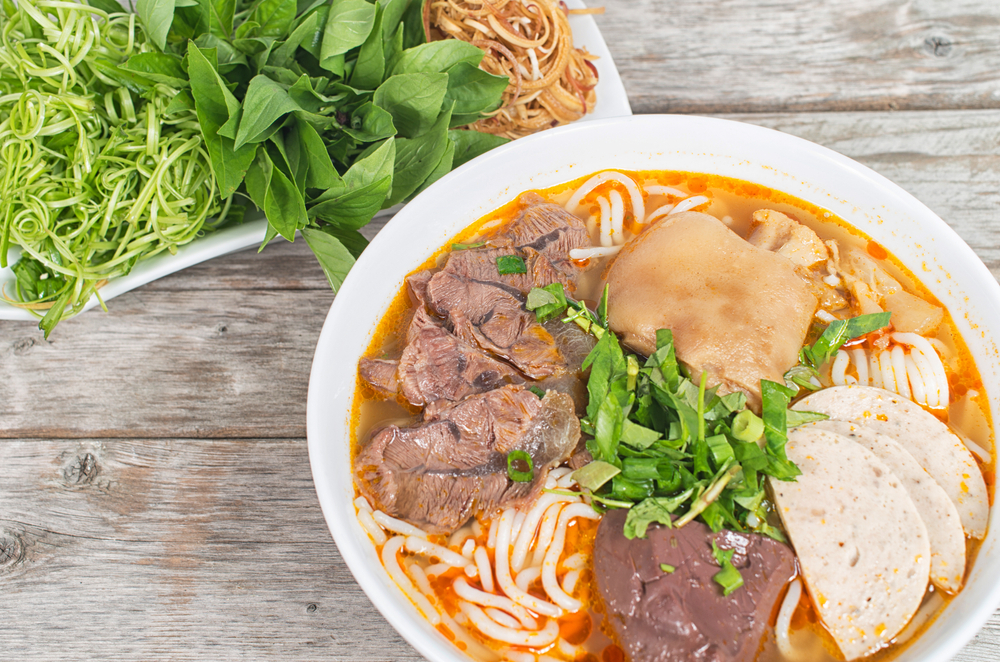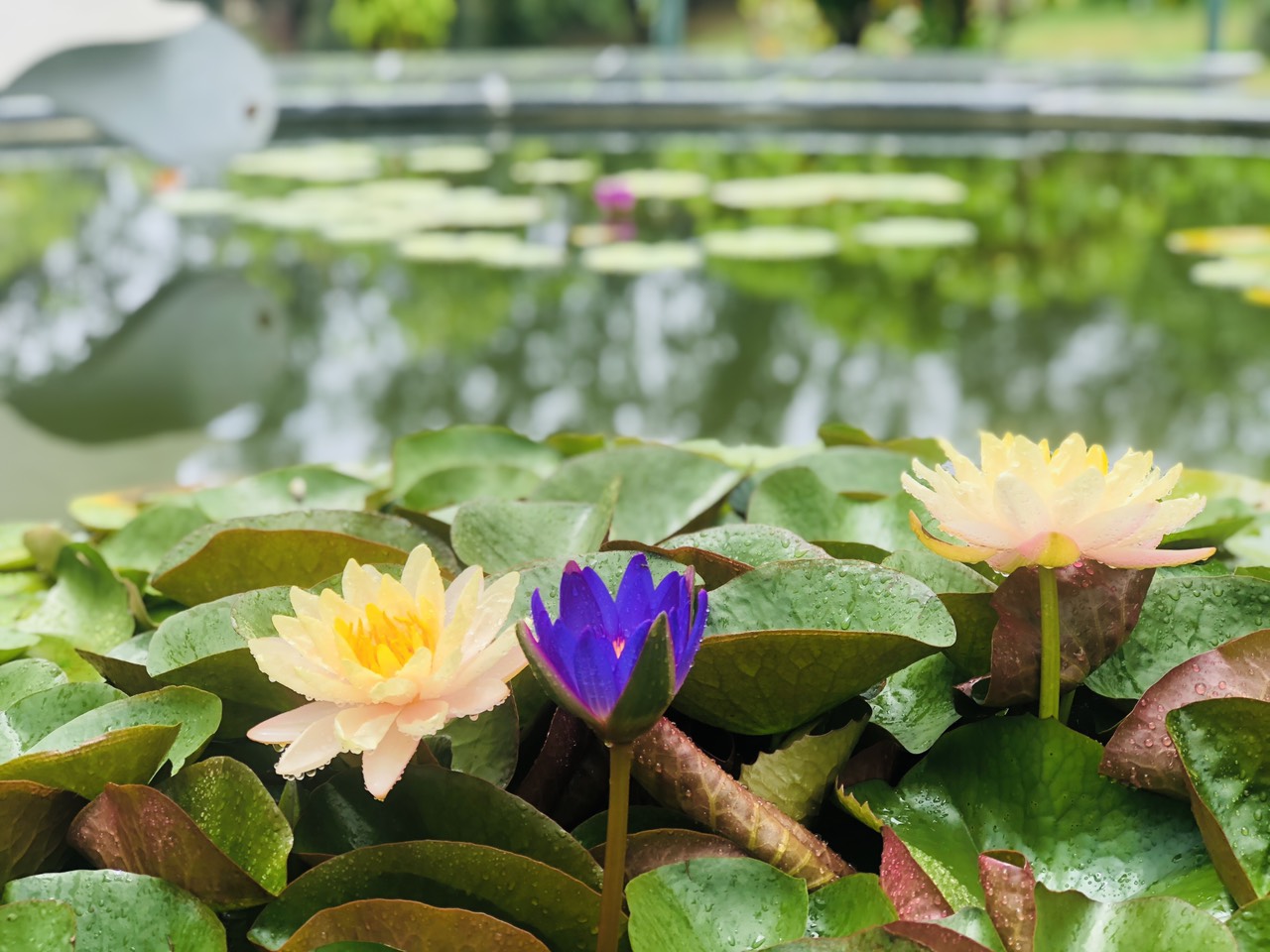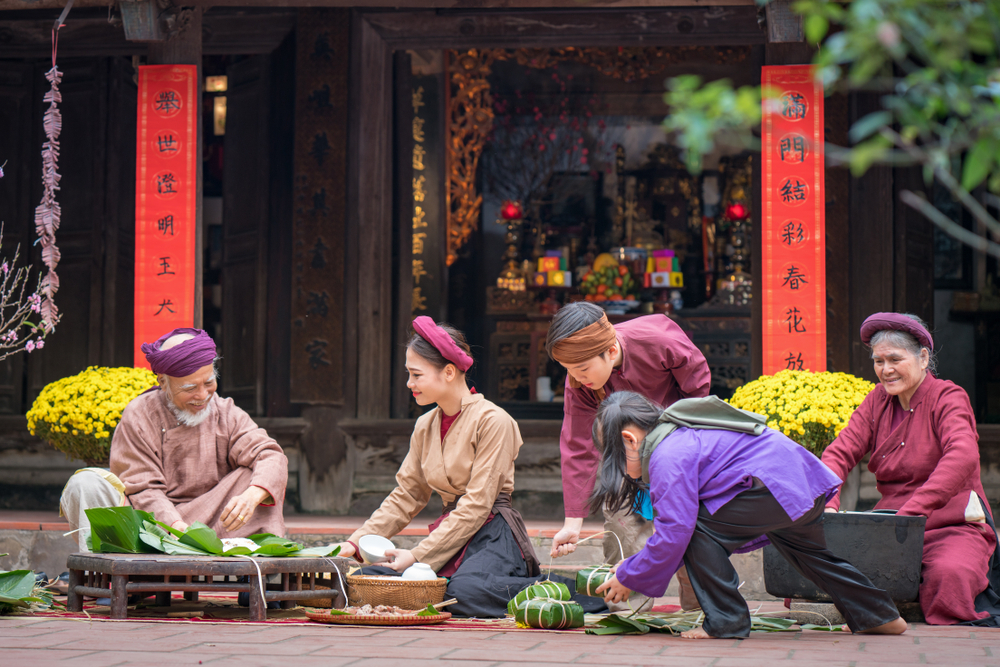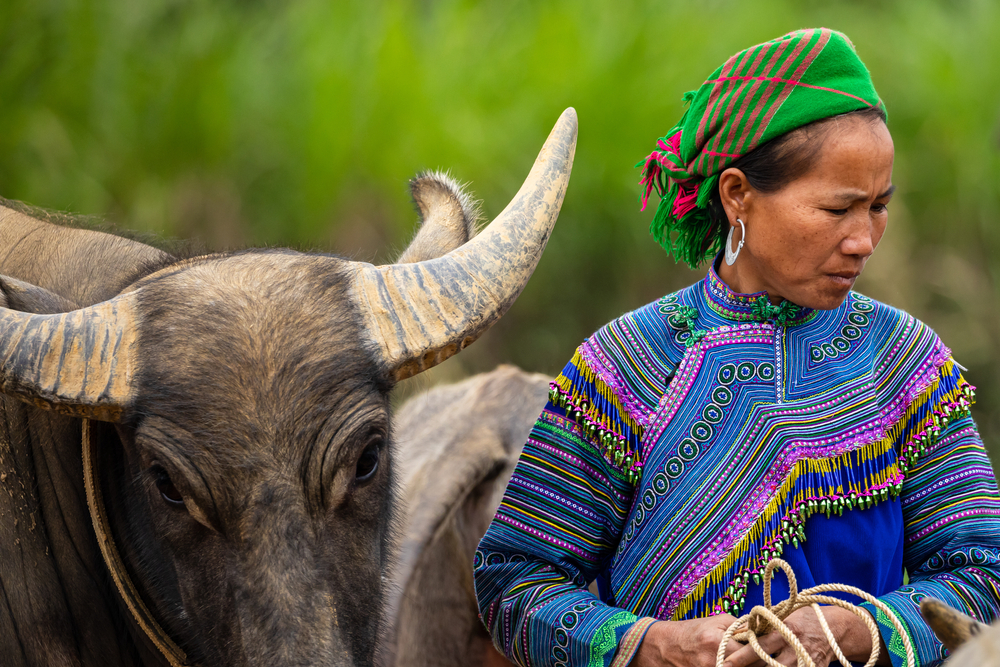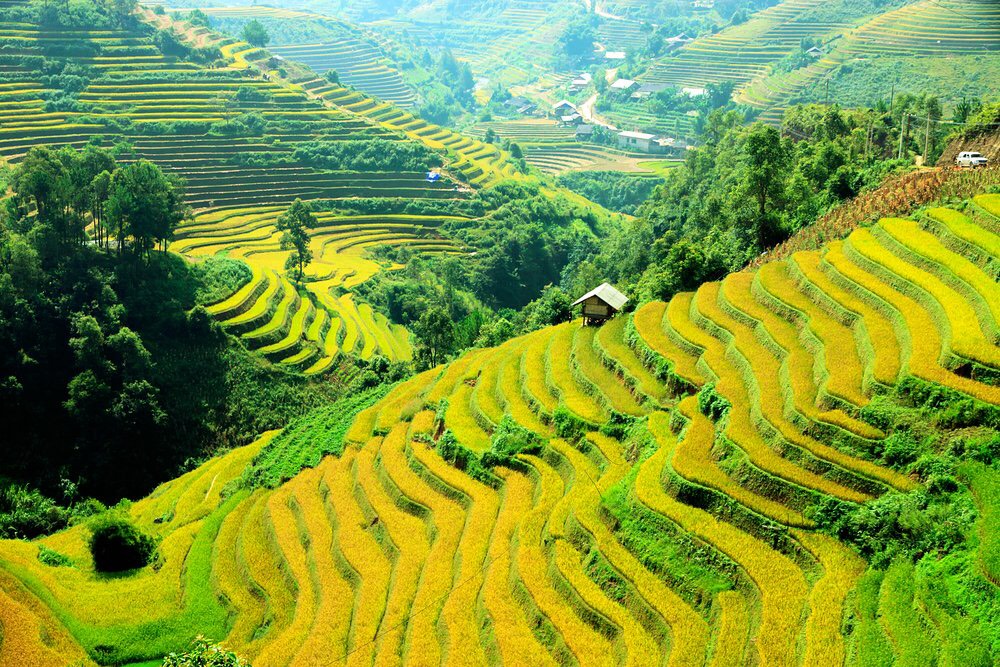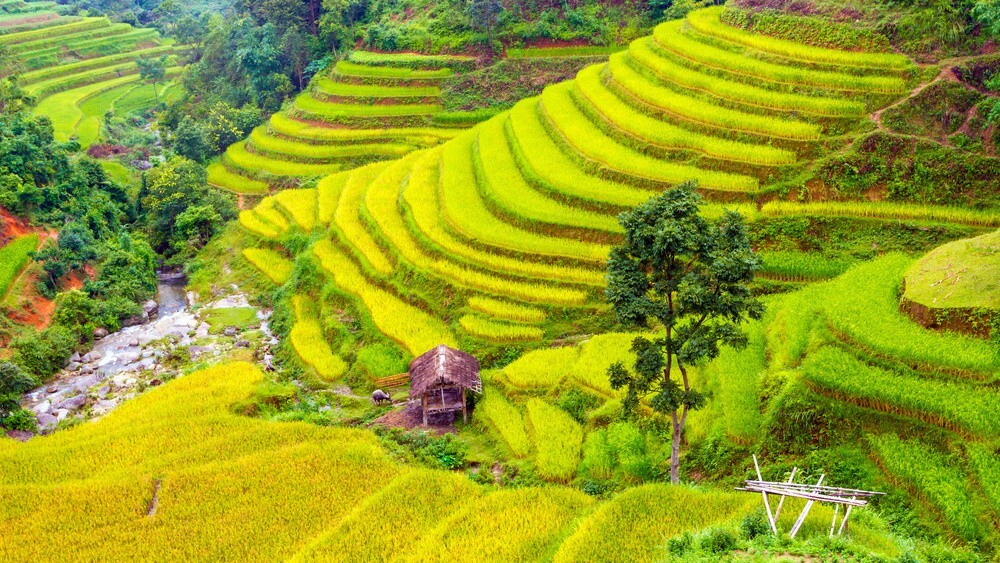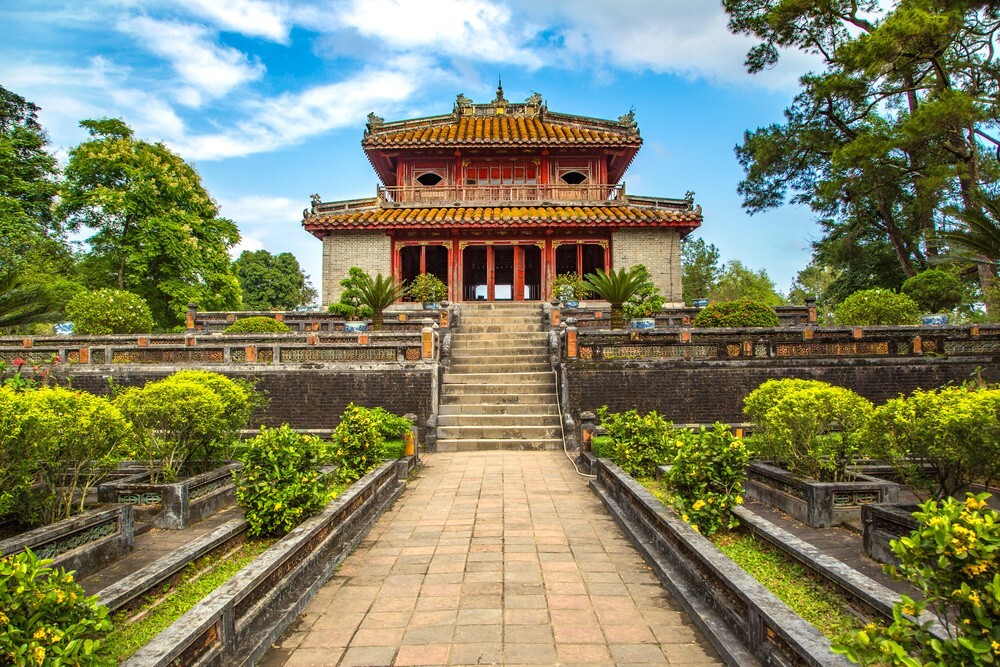
Tomb of Minh Mang, the most majestic of all
In the heart of a dense and secluded wooded area on the west bank of the Perfume River, Minh Mang’s tomb is an architectural complex of 40 structures not to be missed during your stay in Central Vietnam.
Located about 12 km southwest of the city of Hue, this mausoleum includes monuments, palaces, pavilions, bridges, canals and lakes on an area of 18 ha.

Among the 7 tombs of the kings of the Nguyen dynasty, that of Minh Mang (1791-1841) is the only one to have been built after the death of a sovereign. After the death of Gia Long in 1820, Minh Mang ruled the country for 21 years until his death.
During his lifetime, the second Nguyen emperor designed the plans for his tomb. Minh Mang chose the location for this construction on Mount Cam Ke, near the junction of two tributaries to form the Perfume River – Ta Trach and Huu Trach.
For this project, 13,000 workers and soldiers were mobilized. In 1841, Minh Mang died and his successor, Thiêu Tri, built the tomb for his father.

The shape of the mausoleum resembles a person lying down in serenity: the head on Kim Phung mountain – golden phoenix, the legs stretched out at the crossroads of the river, the 2 arms follow the 2 Trung Minh lakes. A very harmonious and poetic space! Harmony between architecture and nature, quite conducive to meditation.
In the area bounded by a 1,750 m long La Thanh wall, the ensemble is symmetrically arranged on a 700 m long axis going from the Dai Hong gate to the La Thanh wall, behind the royal tomb.

At 9 m high and 12 m wide, the main gate (Dai Hong Gate) has 3 entrances and 24 decorated roofs. It has been opened only once, to let the royal coffin pass through. Since then, it has remained permanently closed. To enter and exit, one must pass through the two side doors.
After the portico, it is the pavilion of the Stele where one sees, in the court of honor, two rows of statues of stone mandarins, elephants and horses.
Three granite staircases connect the courtyard to the square-shaped Stele Pavilion. Engraved on black marble, the Thanh Duc Than Stele is located on Phung Than Hill on which are inscribed the biography, achievements and merits of Emperor Minh Mang.

To go to the Sung An temple, dedicated to Minh Mang and the empress, one must cross three esplanades and the Hiên Duc gate. On the other side of the temple, three stone bridges cross the Trung Minh Hô Lake (Lake of Pure Clarity). Built in marble, the central bridge, Câu Trung Dao, was exclusively used by the sovereign. The Minh Lâu pavilion (pavilion of Light) is at the top of three terraces. On the left is the Fresh Air Pavilion and on the right is the Fishing Pavilion.
From the stone bridge over the crescent-shaped Tân Nguyet Lake (New Moon Lake), an imposing staircase bordered by a hedge of dragons leads to the tomb. The door is opened once a year, on the date of the emperor’s death.

Renowned for both its architecture and its splendid setting, the tomb of Minh Mang is undeniably the most majestic of all.
It is worth noting that King Minh Mang greatly contributed to the expansion of the country, he made Dai Nam – Vietnam’s former name, the strongest position of the Southeast Asian countries. During his reign, he enacted many domestic reforms. He is the most beloved of the Nguyen emperors. He also had about 30 wives, more than 300 concubines (triple the number of other emperors) and 142 children: 78 princes and 64 princesses.
You might also like:



